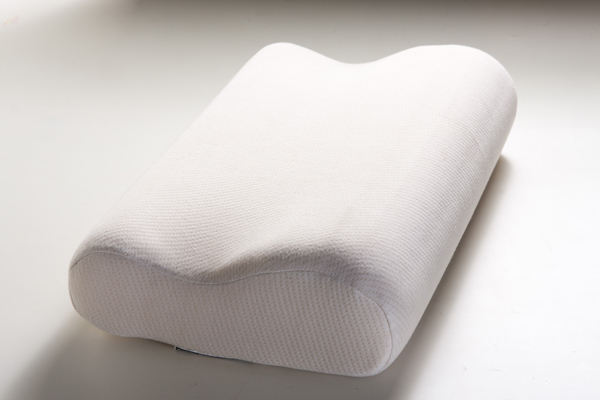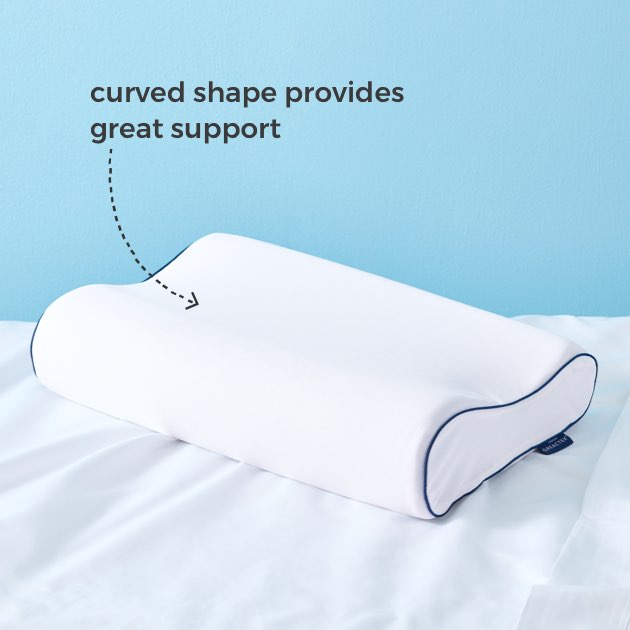
However, research has yet to determine if memory foam actually improves the quality of people’s sleep. Memory foam’s combination of support and adaptability fuels claims that mattresses and pillows made of these materials are good as sleep surfaces. In pillow form, these features allow it to mold to your head and neck. The foam is absorbent but has a soft, squishy feel. Now, it’s everywhere in the bedding world. This spongy material was developed by NASA in the 1970s for use in airline seats. But the common pillow fillings have both benefits and downsides specific to side sleepers that they should keep in mind while shopping. The material that plumps out your pillows is largely a personal preference. Gusseted pillows are a good choice for side sleepers, who need support for their head and neck. What pillow filling is best for side sleepers? That said, there’s a fine line between too much loft and not enough, as you don’t want your neck to be either pushed upwards or sloped down. In fact, these pillows can strain the neck of back and stomach sleepers, so side sleepers have this corner of the market. Gusseted pillows, which have a rectangular panel sewn between the top and bottom of the pillow, offer more loft and are a good option for side sleepers.

Pillows with a density that's suited for side sleeping can be labelled differently, but the most common terms are “ firm,” or “ extra firm.” The choice comes down to a matter of personal preference. These are often made of memory foam or latex, and both materials have the added benefit of a longer lifespan than, say, a traditional down pillow, which compresses permanently with prolonged use. Some pillows for side sleepers have a contoured shape that is designed to support the neck and head. Side sleepers who are on the market for a new pillow will likely want a thicker pillow, which should limit stress on their neck, while keeping the head, and neck, in line with the spine. Pillow basics for side sleepersĭifferent materials and fills have pros and cons that are important to keep in mind when shopping for your next pillow. In addition, placing a small rolled towel in the space between your shoulder and the pillow can help support your neck and reduce strain. If you’re an overachiever and want to make your alignment even better, add a pillow or folded blanket or towel), between your knees to ease pressure on those joints as well as your hips. Side sleepers with broader shoulders or a larger frame will need a thicker pillow, and vice versa for people with smaller frames.

Those who don’t use a pillow that is firm and high enough to provide this support may wake up stiff or with neck pain from the weight of the head putting stress on the neck muscles all night long. Side sleepers benefit from a pillow with more loft and fill, in order to keep their spine in a neutral position.

When you sleep on your side, your pillow’s job is to fill in the space between your ear, neck, and shoulder so that your head and spine are aligned and supported. What side sleepers need to know about how they sleep Additionally, side sleepers suffer less lower back and neck strain than stomach sleepers. ( Stomach sleeping comes in a distant third.) Sleeping on your side has a number of benefits, including snoring prevention-in one study, researchers found that a pillow designed specifically to position the head to the side, rather than in supine position (or flat on the back), reduced snoring. In the scheme of sleep positions, side sleeping is a close second to sleeping on your back in terms of spine health and alignment. Pillows are integral to keeping your spine aligned and in a neutral (read: comfortable) position all night long. One of the keys to waking up refreshed-rather than with a crick in your neck-is using the right pillow for how you sleep.


 0 kommentar(er)
0 kommentar(er)
